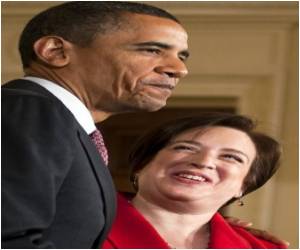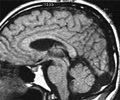In the first year, the federal government could save over $5 billion by changing the way the government assigns Part D plans for Medicare beneficiaries eligible for low-income subsidies.

In 2013, an estimated 10 million beneficiaries received subsidies, and 75 percent of the total Part D federal spending of $60 billion is for low-income enrollees.Since 2006, the government has randomly assigned low-income enrollees to stand-alone Part D plans, based upon the region in which they live."Random assignment is suboptimal because beneficiaries often are assigned to plans either not covering or charging higher costs for their medications," said Yuting Zhang, Ph.D., associate professor of health economics, Department of Health Policy and Management, Pitt Public Health, and the study's lead author. "We found that most people are not in the least expensive plans that satisfy their medication needs."
Dr. Zhang and her colleagues say an "intelligent reassignment" that matches beneficiaries to their medication needs would yield substantial savings.Using real data from 2008 and 2009 for a 5 percent random sample of all Medicare beneficiaries who qualified for the low-income subsidy program, Dr. Zhang and her team simulated potential medication costs to the beneficiaries and the government under each alternative plan available in the region. They then compared the simulated costs with the actual costs of each plan. They found that if low-income enrollees were assigned to the least expensive plan instead of a random plan, the government and beneficiaries could save more than $5 billion in the first year.
In addition to the savings under the proposed change, beneficiaries would have fewer restrictions when filling their prescriptions. Some common restrictions used by Part D plans include quantity limits, prior authorization and step therapy.The Pitt researchers noted that assigning beneficiaries to plans could be implemented relatively easily each year, with the largest savings in the first year but additional savings annually thereafter.
Source-Eurekalert











